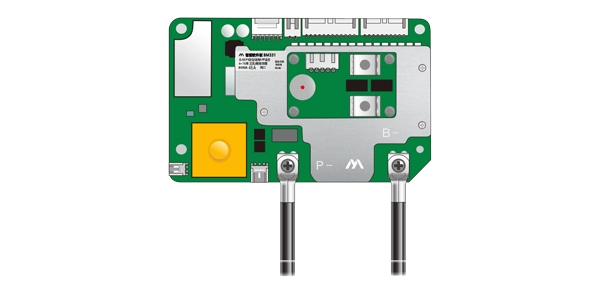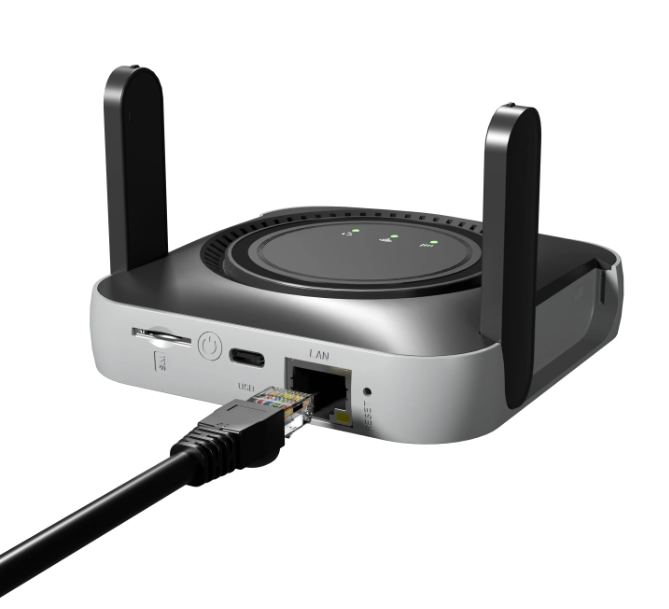The Ripple Effect: Understanding the Consequences of Using the Wrong Resistor in Electronic Circuits
In the intricate world of electronics, every component plays a crucial role in ensuring the functionality and reliability of a circuit. Among these components, resistors are often taken for granted, yet their importance cannot be overstated. Using the wrong resistor can lead to a cascade of issues, ranging from minor performance degradation to catastrophic circuit failure. This article delves into the implications of using incorrect resistors, exploring the technical nuances and practical consequences that can arise.
Understanding Resistor Specifications
Before we dive into the consequences of using the wrong resistor, it’s essential to understand the specifications that define a resistor's role in a circuit. Key parameters include:
- Resistance Value (Ohms): This determines how much the resistor opposes the flow of current. Using a resistor with a value that is too high or too low can significantly alter the current and voltage levels in a circuit.
- Power Rating (Watts): This indicates the maximum power the resistor can dissipate without overheating. Exceeding this rating can lead to thermal runaway and eventual failure.
- Tolerance: This specifies how much the actual resistance can vary from the stated value. A resistor with a high tolerance may not perform as expected in precision applications.
- Temperature Coefficient: This describes how the resistance changes with temperature. In environments with fluctuating temperatures, using resistors with inappropriate temperature coefficients can lead to unreliable circuit behavior.
Consequences of Using the Wrong Resistor
- Circuit Malfunction
One of the most immediate effects of using the wrong resistor is circuit malfunction. For instance, if a resistor with a higher resistance value is used in a voltage divider circuit, the output voltage will be lower than expected. This can lead to insufficient power being supplied to downstream components, causing them to operate erratically or not at all.
Conversely, using a resistor with too low a resistance can result in excessive current flow, potentially damaging sensitive components. For example, in LED circuits, using a resistor that is too small can lead to excessive current, causing the LED to burn out almost instantly.
- Increased Heat Generation
Resistors dissipate energy in the form of heat, and using an incorrect resistor can exacerbate this issue. If the power rating of the resistor is not suitable for the application, it can overheat, leading to thermal failure. This not only compromises the resistor itself but can also affect nearby components, potentially causing a chain reaction of failures.
For example, in power supply circuits, using a resistor with an inadequate power rating can lead to overheating, which may damage capacitors and other components, resulting in complete circuit failure.
- Signal Integrity Issues
In high-frequency applications, such as RF circuits or digital signal processing, the choice of resistor can significantly impact signal integrity. Using a resistor with a high parasitic inductance or capacitance can introduce unwanted noise and distortions, leading to signal degradation. This is particularly critical in precision applications where signal fidelity is paramount.
- Impact on Feedback and Control Systems
In feedback and control systems, resistors are often used to set gain and stability. An incorrect resistor value can alter the feedback loop, leading to instability or oscillation. For instance, in operational amplifier circuits, using the wrong resistor in the feedback path can result in incorrect gain settings, causing the amplifier to saturate or operate outside its linear range.
Practical Considerations
To mitigate the risks associated with using the wrong resistor, consider the following best practices:
- Double-Check Specifications: Always verify the resistor's specifications against the circuit requirements. Pay close attention to resistance value, power rating, and tolerance.
- Use Simulation Tools: Before finalizing a circuit design, utilize simulation software to model the circuit's behavior with different resistor values. This can help identify potential issues before physical implementation.
- Test Prototypes: When prototyping, test circuits under various conditions to ensure that the chosen resistors perform as expected. Monitor temperature and performance to catch any anomalies early.
- Educate and Train: Ensure that all team members involved in circuit design and assembly are well-versed in the importance of resistor selection. Regular training sessions can help reinforce best practices.
Conclusion
In conclusion, the choice of resistor in electronic circuits is not merely a matter of convenience; it is a critical decision that can have far-reaching consequences. From circuit malfunction to increased heat generation and signal integrity issues, the implications of using the wrong resistor can be severe. By understanding the specifications and adhering to best practices, engineers and hobbyists alike can avoid the pitfalls associated with incorrect resistor usage, ensuring reliable and efficient circuit performance. The ripple effect of a small component like a resistor can indeed shape the fate of an entire electronic system.





